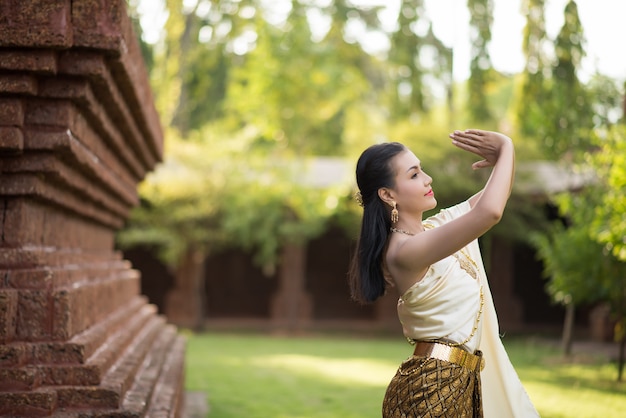
Laos may not have coastlines, but it sure makes up for it with an abundance of exciting experiences and stunning landscapes. You might know its neighbors, Thailand and Vietnam, but Laos holds its own as a travel destination. It’s got charming towns, beautiful scenery, untamed jungles, adventurous activities, a fascinating history, warm and friendly locals, tasty cuisine, and, of course, some cold Beerlao to wash it all down.
To enter Laos, you’ll need a visa. A 30-day e-visa costs between USD$45 and USD$60, depending on where you’re from. This visa is valid for 60 days once you get your approval letter and allows a single entry at any of the country’s five entry points.
Start your journey by flying into the lovely city of Luang Prabang. It’s a UNESCO World Heritage site thanks to its impressive architecture and well-preserved spiritual traditions. The city’s temples are adorned with gold and surrounded by splashes of purple and pink flowers. Experience the morning alms-giving ceremony, where monks in bright orange robes walk through the streets to collect donations of food and flowers from the locals.
From Luang Prabang, it’s about a five-hour drive to Vang Vieng. Travel might be tricky since Laos’s road infrastructure is still developing, but you can catch a shared minivan from the Luang Prabang bus terminal, available from early morning to late afternoon.
Vang Vieng is an adventure seeker’s paradise. Surrounded by limestone karsts, it offers excellent hiking and breathtaking views. Rent a motorcycle to visit nearby blue lagoons and explore impressive caves. The town sits along the scenic Nam Song River, making it perfect for water sports like tubing and kayaking. After a day full of thrilling activities, take a relaxing walk through the picturesque paddy fields at sunset.
Next, head to Vientiane, the capital of Laos. The ride in a minibus usually takes about four hours but can be longer depending on traffic. While Vientiane has the status of a city, it’s pretty laid-back and rural in character, so you only need a day or two to explore it thoroughly. The city offers a deep dive into Lao culture and history with its grand presidential palace and notable temples.
Spend your morning wandering around the city, and then take a short 25-kilometer trip outside of town to the intriguing Buddha Park. This park boasts over two hundred enormous Buddha statues, each with its own unique design. The bus ride taking you there lasts about 40 minutes, but it’s well worth the journey.
For those extending their trip, Northern Laos has more gems like Houayxai and Phonsovan. Southern Laos features must-visit spots such as Pakse and the Four Thousand Islands. Houayxai, near northern Thailand, is a frequent first stop for travelers coming from Chiang Mai or Chiang Rai. The slow boat trip from Houayxai to Luang Prabang spans two days. Don’t miss the Gibbon Experience in Laos, located about 1.5 hours from Houayxai, where you can stay in treehouses and explore the forest canopy via zip line.
Phonsavan is another unique destination, known for the mysterious Plain of Jars—a valley dotted with thousands of stone jars, their origins still an enigma like Stonehenge.
In southern Laos, check out Pakse, a charming old French colonial town that’s a quieter, more laid-back version of Luang Prabang. It’s also a gateway to the Champasak province, which offers jungles, waterfalls, and islands galore. Si Phan Don, known as the Four Thousand Islands, is a beautiful archipelago in the southern part of Laos, near the Cambodian border. The islands, situated in the Mekong River, vary in size and are partially submerged during high tide, with the larger ones supporting whole communities.
Before planning your trip to Laos, consider the best time to visit. The ideal period is during the cool and dry season from November through February. Laos has a dry season (October to April) and a wet season (May to September). While the rainy season mostly features short afternoon showers, it can still impact travel and infrastructure. Typically, August sees the heaviest rainfall.
The climate in Laos is tropical and warm year-round, but temperatures and humidity rise as the dry season ends and the rainy season begins (March to June). This period also sees farmers burning off crops, which can create a haze. Weather can vary across the country, with surprisingly cooler temperatures in the northern regions.